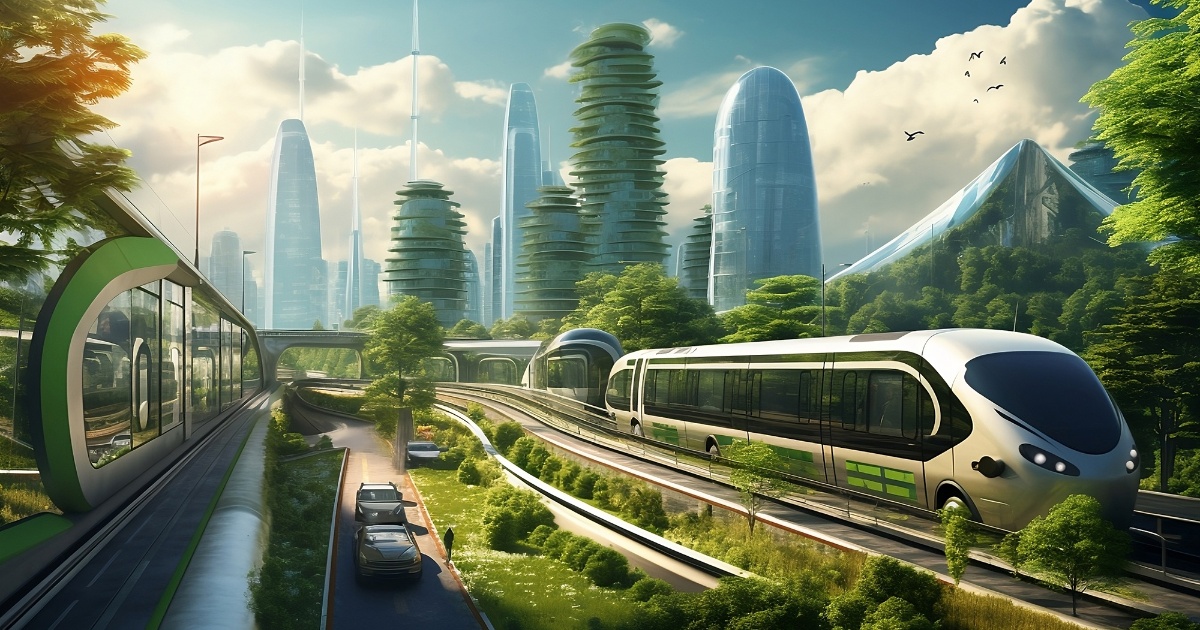Transportation infrastructure plays a pivotal role in shaping the economic, social, and environmental landscapes of nations. From roads and railways to airports and seaports, the development and maintenance of robust transportation networks have far-reaching implications. In this blog post, we will explore the multifaceted impact of transportation infrastructure, delving into its economic benefits, social implications, and environmental considerations.
- Economic Benefits:
Transportation infrastructure serves as a catalyst for economic growth and development. It facilitates the movement of goods, services, and people, enabling trade and commerce to flourish. Efficient transportation networks reduce transportation costs, enhance market access, and foster regional integration. They attract investments, stimulate job creation, and boost productivity. Additionally, transportation infrastructure acts as an enabler for industries such as logistics, manufacturing, and tourism, further driving economic prosperity. - Social Implications:
Transportation infrastructure has profound social implications, shaping the way people live, work, and interact. It enhances accessibility, connecting people to essential services, education, healthcare, and recreational facilities. Efficient transportation networks improve mobility, reducing travel time and congestion, and enhancing overall quality of life. Moreover, transportation infrastructure promotes social inclusion by bridging geographical divides, enabling marginalized communities to access opportunities and resources. - Environmental Considerations:
While transportation infrastructure offers numerous benefits, it also poses environmental challenges. The construction and operation of transportation networks can contribute to air and noise pollution, habitat fragmentation, and carbon emissions. However, sustainable transportation practices and innovative technologies can mitigate these impacts. Investing in eco-friendly infrastructure, promoting public transportation, and encouraging alternative modes of transport, such as cycling and walking, can help reduce environmental footprints and create greener, more livable cities. - Technological Advancements:
The impact of transportation infrastructure is further amplified by technological advancements. Intelligent transportation systems, including real-time traffic management, smart tolling, and autonomous vehicles, optimize efficiency, safety, and sustainability. These innovations enhance traffic flow, reduce accidents, and improve resource utilization. Moreover, emerging technologies like hyperloop and drones have the potential to revolutionize transportation, offering faster, more efficient, and environmentally friendly alternatives.
Conclusion:
Transportation infrastructure is a linchpin of economic growth, social development, and environmental sustainability. Its impact extends beyond mere connectivity, influencing various aspects of our lives. By investing in well-planned, sustainable transportation networks and embracing technological advancements, societies can unlock immense potential, fostering inclusive growth, reducing inequalities, and creating a more interconnected world.



Average Rating